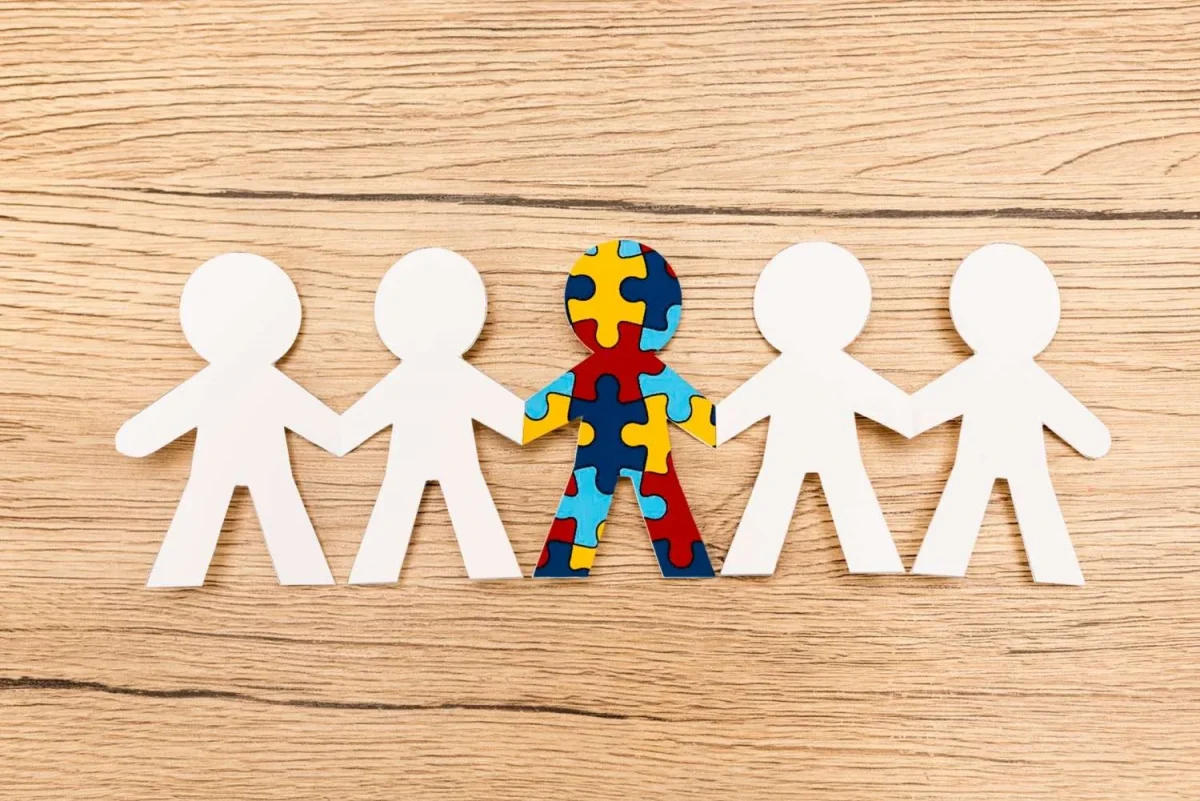Autism Spectrum Disorder (ASD) is a complex neurological condition characterized by challenges in social interaction, communication, and repetitive behaviors. As awareness of autism has increased, so too has the quest for a cure. However, despite extensive research, there is currently no cure for autism. Understanding why requires delving into the nature of the disorder itself and the complexities of neurodevelopmental conditions.
Diversity of Autism: One of the foremost reasons why autism has no cure is the vast diversity within the spectrum. Autism is not a singular condition but rather a spectrum encompassing a wide range of characteristics and challenges. Each individual with autism presents a unique combination of strengths and difficulties, making it challenging to develop a one-size-fits-all solution.
Neurodevelopmental Origins: Autism is believed to have origins in early brain development, likely influenced by a combination of genetic and environmental factors. The intricate interplay of genetic predispositions and environmental influences results in diverse neurological profiles among individuals with autism. This complexity makes it difficult to pinpoint a single biological target for intervention.
Behavioral Complexity: Autism is not solely defined by its neurological underpinnings but also by its behavioral manifestations. Behaviors associated with autism, such as repetitive movements or sensory sensitivities, vary widely among individuals. Addressing these behaviors requires multifaceted approaches that consider the unique needs and preferences of each person.
Quality of Life Focus: Instead of seeking a cure, efforts within the autism community often prioritize enhancing quality of life and promoting inclusion. Interventions aim to support individuals with autism in developing skills, navigating challenges, and accessing resources to lead fulfilling lives. Embracing neurodiversity acknowledges that autism is an inherent aspect of an individual’s identity, rather than a pathology to be eradicated.
Ethical Considerations: Pursuing a cure for autism raises ethical concerns regarding autonomy, identity, and societal acceptance. Many individuals within the autism community advocate for acceptance and understanding rather than seeking to fundamentally change who they are. Respect for neurodiversity entails recognizing the inherent value of diverse ways of thinking, communicating, and experiencing the world.
Focus on Support and Accommodation: Rather than aiming to eliminate autism, efforts are directed towards providing support, accommodations, and resources to individuals with autism and their families. This approach emphasizes empowerment, self-determination, and inclusion within society. By fostering environments that embrace diversity and accommodate different needs, society can better support individuals with autism.
In conclusion, the absence of a cure for autism reflects the complex interplay of genetic, environmental, and behavioral factors, as well as ethical considerations and the diversity within the autism spectrum. Instead of seeking to eliminate autism, efforts should focus on understanding, acceptance, and support. Embracing neurodiversity fosters a more inclusive society where individuals with autism can thrive on their own terms.
T2S1 Team.

